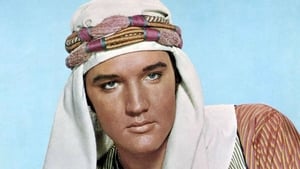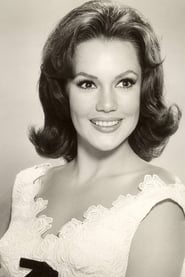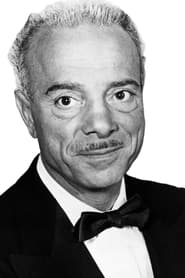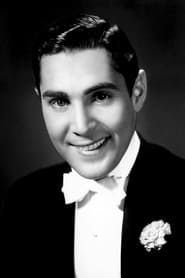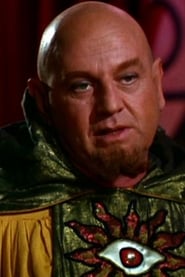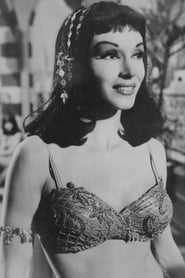Cast
View AllElvis Presley
as Johnny Tyronne
Mary Ann Mobley
as Princess Shalimar
Fran Jeffries
as Aishah
Michael Ansara
as Ptince Dragna
Jay Novello
as Zacha
Phillip Reed
as King Toranshah
Theo Marcuse
as Sinan
Billy Barty
as Baba
Dirk Harvey
as Makar
Jack Costanzo
as Julna
Larry Chance
as Capt. Herat
Barbara Werle
as Leilah
Brenda Benet
as Emerald
Gail Gilmore
as Sapphire
Wilda Taylor
as Amethyst
Crew
Director
- Gene Nelson
Producer
- Sam Katzman
Reviews
Wuchak
_**Elvis goes to a hidden Middle Eastern kingdom to fight assassins**_
An American actor and martial arts expert (Presley) is kidnapped and forced by a sinister group of assassins to execute the king of a secret kingdom in the Middle East (Phillip Reed). During the course of events he falls in love with the King’s daughter (Mary Ann Mobley) and hooks up with an entertainment troupe that are thieves on the side.
“Harum Scarum” (1965) was Elvis’ 19th movie of the 31 in his acting filmography. Many say it’s his worst, but it’s not. It’s a tuneful frolic and sendup of Middle Eastern swashbucklers, like Sinbad or even Conan, but more amusing, cheaper and without the sorcery & monsters. You’re supposed to roll with it and have fun, not take it seriously. For a ballpark parallel, think Star Trek’s “Plato’s Stepchildren” but with a comedic flair and songs.
Speaking of the original Star Trek, Michael Ansara is on hand as the king’s brother; he of course played the Klingon Kang in “Day of the Dove.” The colorful cast also includes Jay Novello as little person Zacha. Aside from winsome Mobley, the feminine department features the stunning Fran Jeffries and several other beauties. Too bad their lovely forms are largely hidden by Arabian-styled apparel, but that’s to be expected.
I’m glad “Harum Scarum” is in Elvis’ oeuvre. It’s fun and not the same-old, same-old.
The film runs 1 hour, 25 minutes, and was shot on the set of Cecil B. DeMille’s 1925 version of “King of Kings” at Metro-Goldwyn-Mayer Studios in Culver City, as well as location shooting at Iverson Ranch, Los Angeles; and some scenes done at Earl Carroll Theatre in Hollywood.
GRADE: B-
Nov 13, 2020
Thematic Analysis
Harum Scarum represents a fascinating example of Comedy/Crime/Music/Romance cinema, offering viewers a unique perspective on the human experience and societal structures. The film's approach to its themes demonstrates a creative vision that distinguishes it within its genre.
Director Gene Nelson brings their distinctive visual style to this film, continuing their exploration of themes seen in their previous works while adding new elements. Their approach to pacing and visual storytelling creates a viewing experience that rewards close attention.
Released in 1965, the film exists within a cultural context that now offers viewers historical perspective on the social issues of that era. Its reception demonstrates the diverse reactions to its artistic choices and its place in cinema history.
Did You Know?
- The production of Harum Scarum took approximately 31 months from pre-production to final cut.
- With a budget of $2.4 million, the film proved to be a financial success, earning back its investment and more.
- The final cut of the film runs for 85 minutes, though the director's initial assembly was reportedly 122 minutes long.
- Several scenes were filmed in multiple locations to capture the perfect setting.
- The costume department created over 252 unique costume pieces for the production.
- Some visual effects sequences took up to 9 months to complete.
Historical Context
- In 1965, when this film was released:
- Social and cultural revolution was transforming Western societies.
- The space race between the USSR and USA was at its height.
- The film industry was dominated by major studios, with independent cinema still in its early development.
How This Film Stands Out
While Harum Scarum shares thematic elements with other films in its genre, it distinguishes itself through its unique approach to storytelling, visual style, and character development.
Unlike Annaluise & Anton, which takes a more conventional approach to its subject matter, Harum Scarum offers a fresh perspective through its innovative visual language and narrative structure.
While films like A Time to Kill and Gigantic explore similar territory, Harum Scarum stands apart through its distinctive directorial vision and pacing.
This film's unique contribution to cinema lies in its thoughtful balance of entertainment value and thematic depth, making it a valuable addition to its genre.
Details
- Release Date: December 15, 1965
- Runtime: 1h 25m
- Budget: $2,400,000
- Revenue: $3,100,000
